Wildlife rescue teams across the world are stretched thin, racing against heat waves, oil spills, vehicle strikes, and expanding urban edges. Yet a steady stream of volunteers keeps showing up, hauling crates at midnight and bottle-feeding patients at dawn. What draws certain people to this demanding work, and why do some seem wired for it? Astrology is not a scientific tool, but its archetypes offer a surprisingly useful language for describing the traits that research shows rescue programs rely on: empathy, patience, risk tolerance, and systems thinking. Seen that way, zodiac signs become a cultural map for conservation motivation, and – used carefully – an outreach tool to match people with the roles where they thrive.
The Hidden Clues: Personality Archetypes Meet Field Realities

Wildlife rescue is a relay of decisions under pressure: triage, stabilization, transport, rehabilitation, and release. Programs consistently report that success rests on a mix of soft skills – emotional regulation, teamwork, conscientiousness – and hard skills like handling, data logging, and biosecurity. Zodiac archetypes can mirror those patterns without pretending to predict behavior, offering a story-shaped bridge between curiosity and evidence-based volunteer management. When I spent a morning shadowing a shoreline response, the volunteers who kept calm through chaos shared two things: a clear role and a temperament that matched it.
That fit is what this framework aims to spark – inviting people in through familiar symbolism, then placing them based on training and real-world traits. The lens is playful, but the stakes are serious: every correctly matched volunteer frees up time for veterinarians and improves survival odds for animals in care.
Water Signs, Deep Empathy: Pisces and Cancer in the Rehab Tent

Compassion may start the engine, but effective rehab demands emotional stamina and boundary-setting. Pisces and Cancer, associated with caretaking and sensitivity, map neatly onto tasks where sustained nurturing matters – hydration schedules for seabirds, warming protocols for hypothermic bats, or quiet observation of stress signs in fawns. Programs prize volunteers who can soothe without smothering, follow protocols precisely, and step back when an animal’s stress curve spikes. That blend of tenderness and discipline often appears in people who describe themselves as intuitive or protective.
Science backs the need for those traits: animals recover better in low-stress environments, and consistency in handling reduces secondary injuries. Water-sign volunteers who channel empathy into routine, and who welcome feedback from vet techs, tend to become anchors in the rehab room when caseloads surge.
Earth Signs, Steady Hands: Virgo and Taurus on the Front Line
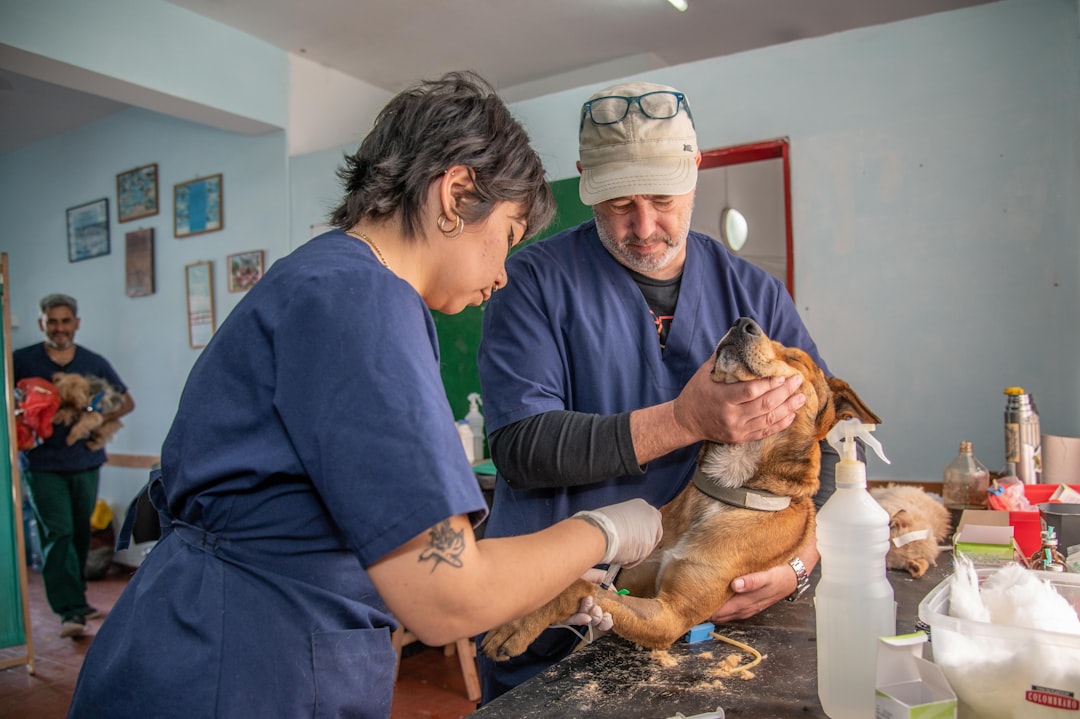
Few jobs are less glamorous and more vital than meticulous cleaning, feeding prep, and enclosure maintenance. Virgo’s archetype of precision and Taurus’s steady persistence align with roles where attention to detail saves lives – mixing species-specific diets, calibrating incubators, or logging medication times with reliable accuracy. Many centers report that the volunteers who master inventories and biosecurity free up clinicians for complex procedures. It’s humble work, but it keeps the entire ecosystem of care from fraying.
Earth-sign energy also shows up in habitat repair after release, where patience is currency. Replanting native cover, patching fencing to prevent re-injury, and tracking post-release sightings require methodical habits and a calm tolerance for muddy boots and slow progress.
Fire Signs, Bold Logistics: Sagittarius and Leo in Search-and-Rescue

Field response is a test of courage and coordination, especially during storms, heat emergencies, or wildfire evacuations. Sagittarius brings the archetype of the pathfinder – comfortable with navigation, changing plans, and long drives at odd hours – while Leo often thrives in visible, high-stakes roles that require confident communication. That combination works when a hotline pings about a trapped deer in a culvert or a pelican tangled in monofilament along a breakwater. Clear voice, quick plan, safe approach.
Risk management is the science underpinning this energy: situational awareness, scene control, and personal protective equipment use must be second nature. Fire-sign volunteers who channel boldness through training checklists become the steady pulse of search-and-rescue, willing to go when the weather is ugly and daylight is short.
Air Signs, Systems Thinkers: Aquarius and Libra Build Trust and Policy
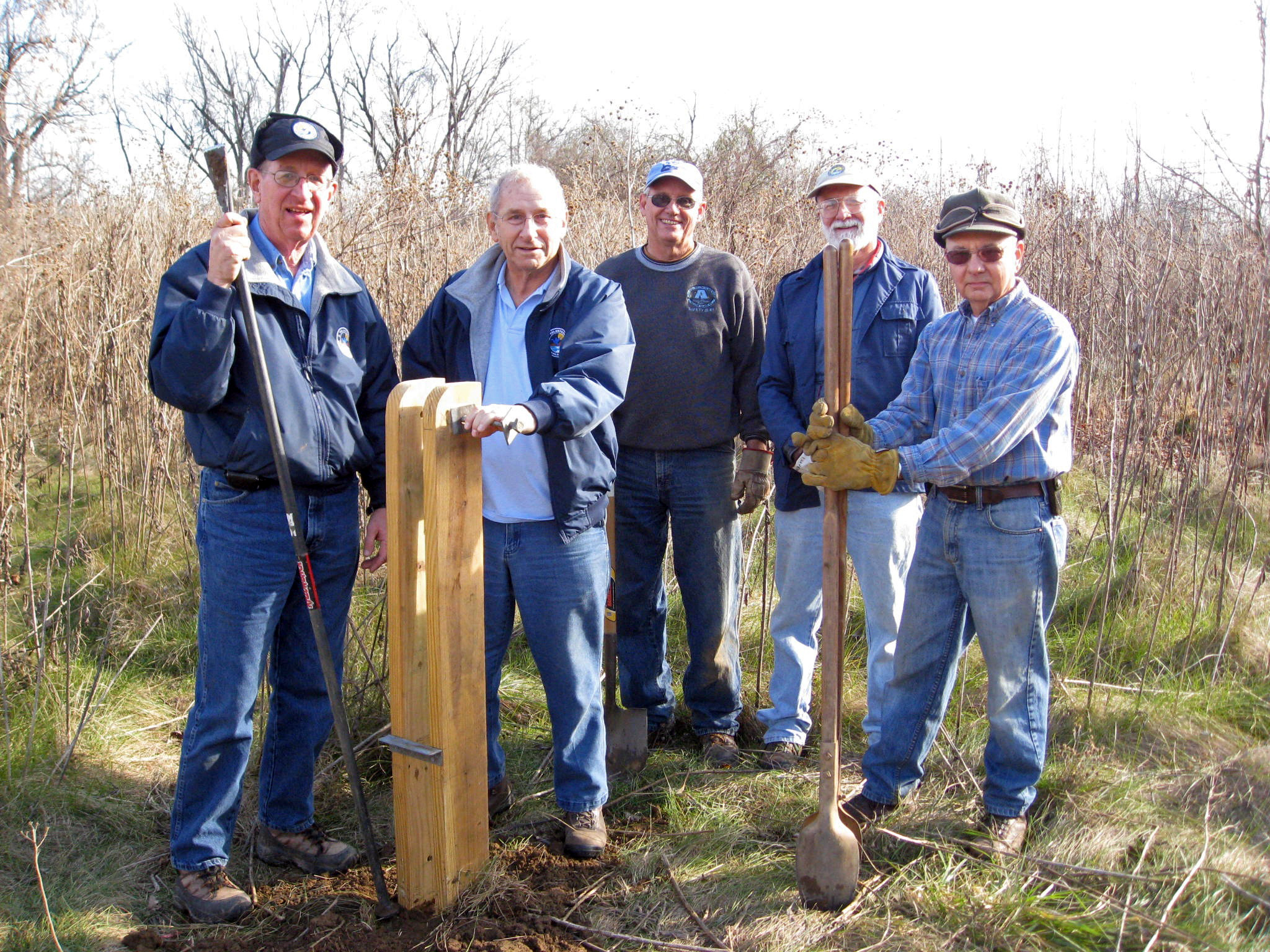
Not every rescue happens with a net; many begin with a conversation. Aquarius, linked with innovation and public-minded ideals, pairs naturally with data tasks – hotline triage, digital mapping of hotspots, or coordinating citizen-science reports. Libra’s diplomacy shines in community outreach, mediating conflicts around nesting areas, or explaining why temporary closures protect vulnerable species. These roles reduce intake by preventing harm in the first place, which is the quiet victory most programs hope for.
Air-sign strengths align with the bigger machinery: municipal permits, rescue protocols across agencies, and policy improvements after incident reviews. Translating field lessons into guidelines and public education multiplies impact, and volunteers with a taste for systems-level change help turn isolated rescues into trends that bend toward recovery.
From Ancient Tools to Modern Science: Making the Bridge Responsible
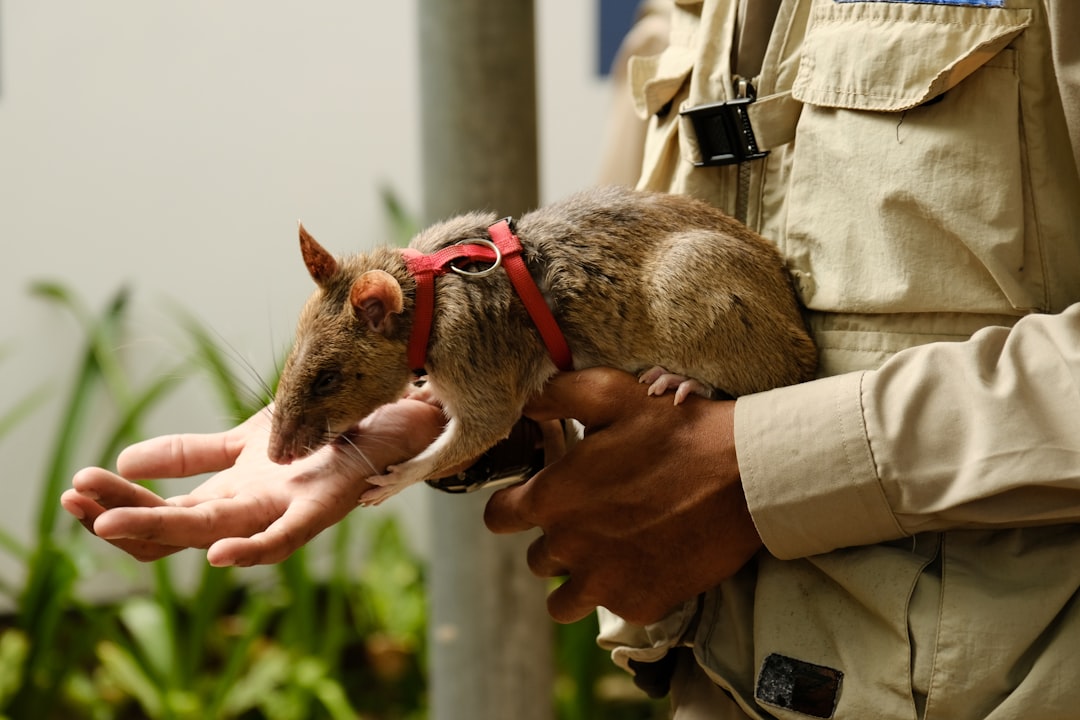
Let’s be clear: astrology does not predict who will save an osprey or master wound care, and rescue programs rely on training, not star charts. But as a communication tool, archetypes can nudge people to reflect on strengths, which aligns with well-established findings from conservation psychology about identity and self-efficacy. When outreach says, in essence, bring your careful side, your brave side, your community-builder side, more people see themselves in the work. That reflection – plus hands-on mentoring – creates volunteers who stay.
Used responsibly, the zodiac lens is a story wrapper around evidence-based recruitment and retention. It invites curiosity, then hands off to certifications, protocols, and supervision. The result is fewer mismatches, lower burnout, and better animal outcomes.
Why It Matters: The Human Engine Behind Rescue Outcomes
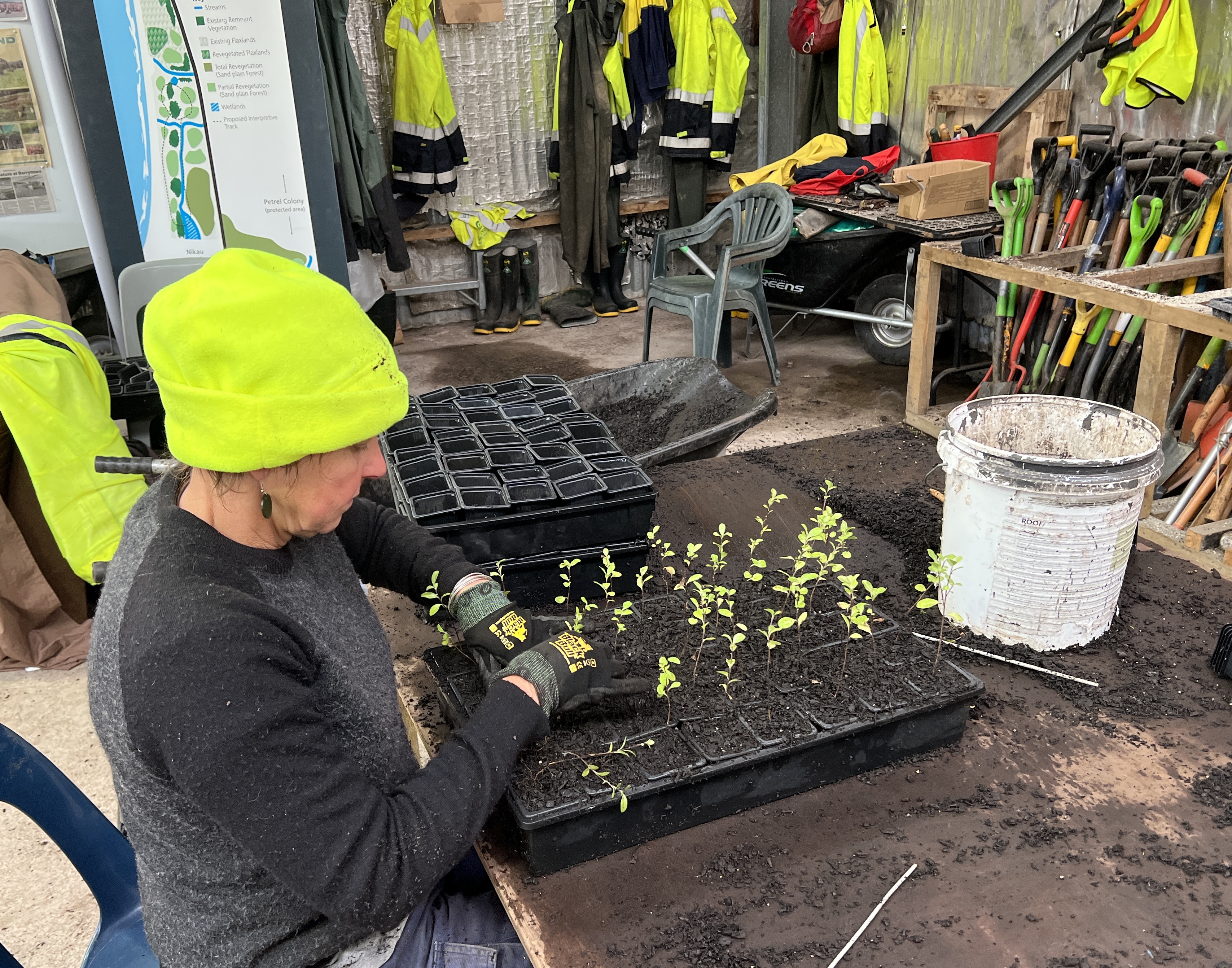
Wildlife rescue is labor-intensive and time-sensitive, with surges during heat waves, coastal storms, and migration seasons. Programs with a deep bench of well-placed volunteers shorten time-to-treatment, reduce transportation backlogs, and improve release rates. Traditional recruitment often leans on urgency alone; blending it with identity-based invitations broadens the pool and attracts people who might never think they belong. Matching temperament to task also buffers compassion fatigue, a known risk in rehabilitation settings.
The broader science context is simple: effective volunteer systems function like reliable field gear. Calibrated correctly, they amplify limited budgets, extend clinic hours, and create feedback loops from field to policy. When people feel seen for their strengths, they show up more often – and safer, smarter rescues follow.
The Future Landscape: Tech, Training, and Global Implications
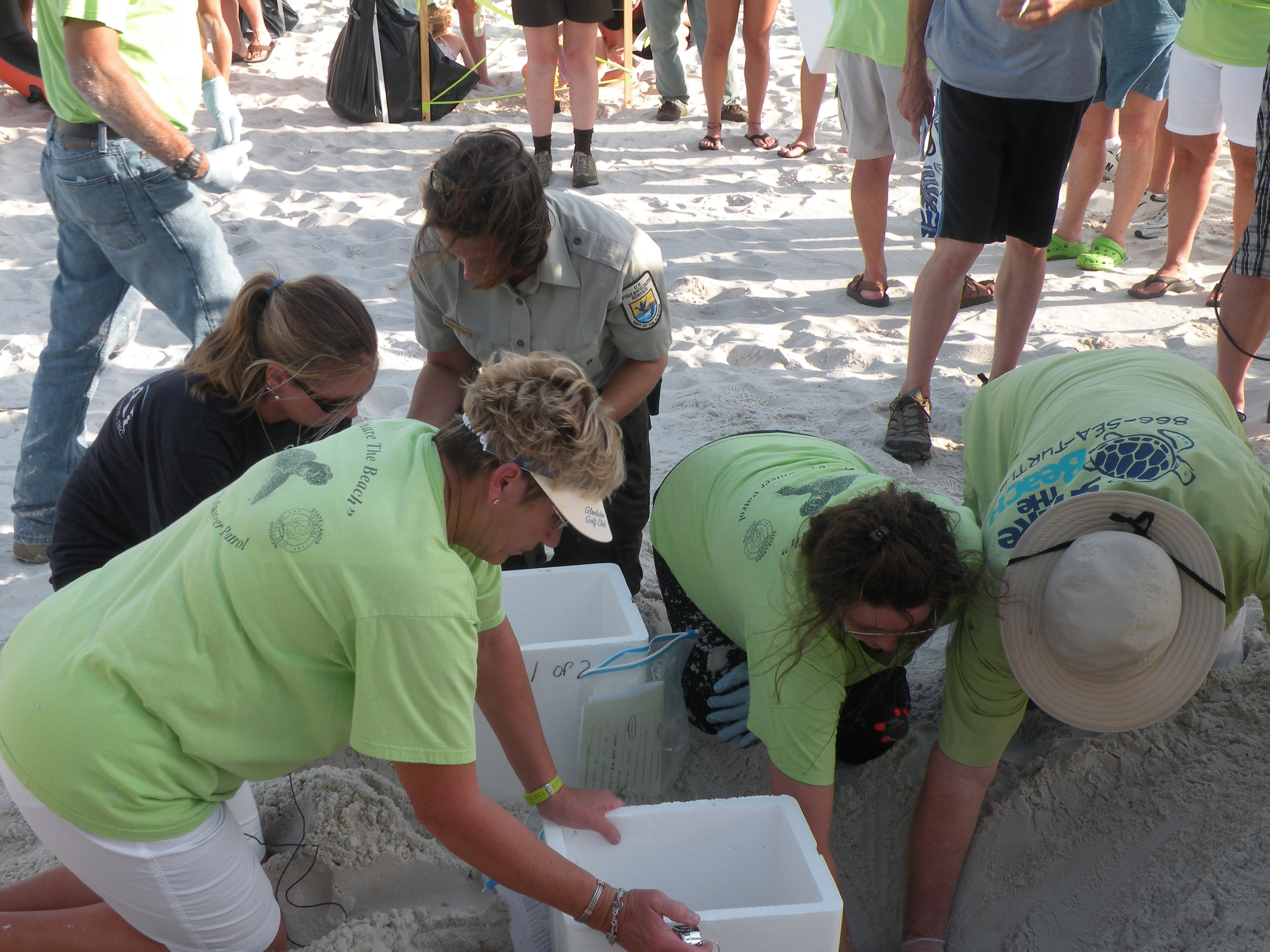
Emerging tools are shifting what volunteers can do and where. Thermal drones spot stranded animals in dense brush, acoustic sensors flag distressed calls, and AI-assisted triage apps help hotline teams route cases with better accuracy. Portable diagnostics – like point-of-care ultrasound and lightweight analyzers – let trained volunteers collect high-quality data before a veterinarian arrives. The bottleneck is no longer just equipment, but matching the right person to the right tool under clear protocols.
Globally, climate extremes and urban expansion mean rescues will increase in both frequency and complexity. Cross-border training frameworks, multilingual hotlines, and interoperable data standards will matter as much as new gadgets. Volunteers who blend archetypal strengths with technical proficiency will become the connective tissue between communities, clinics, and policymakers.
Conclusion: Find Your Role, Then Learn It Well
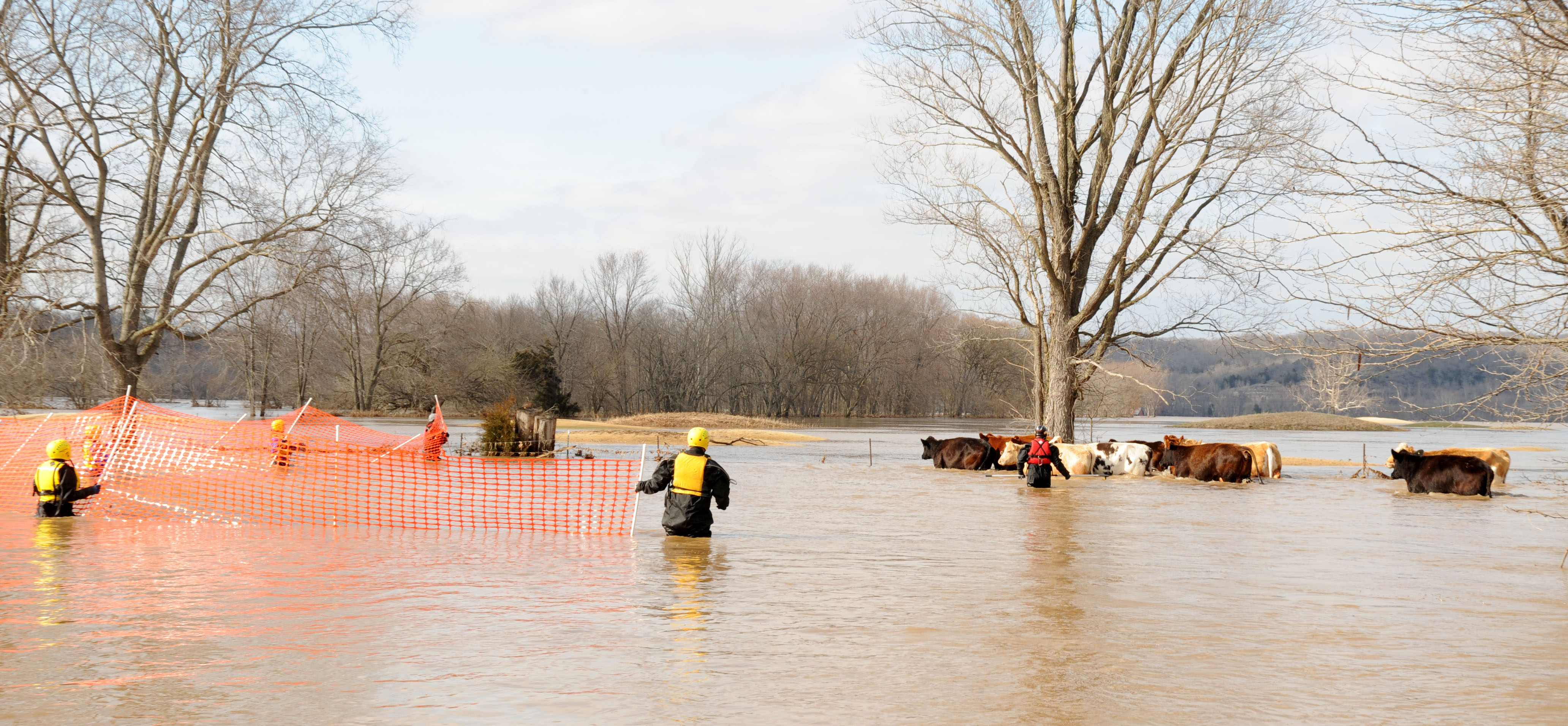
If you resonate with nurturing, consider rehab support; if you enjoy logistics, try transport and field response; if you think in systems, volunteer for hotline triage or outreach. Start with a reputable local center, complete biosecurity and handling training, and set realistic hours to protect your energy. Offer skills from beyond the field – data entry, construction, translation, or communications – because rescues succeed when every link in the chain holds.
The animals don’t care about zodiac signs, but they do depend on consistent humans who show up. Choose the role that fits your strengths, commit to the protocols, and help your team get one patient closer to release. What role will you step into next?

Suhail Ahmed is a passionate digital professional and nature enthusiast with over 8 years of experience in content strategy, SEO, web development, and digital operations. Alongside his freelance journey, Suhail actively contributes to nature and wildlife platforms like Discover Wildlife, where he channels his curiosity for the planet into engaging, educational storytelling.
With a strong background in managing digital ecosystems — from ecommerce stores and WordPress websites to social media and automation — Suhail merges technical precision with creative insight. His content reflects a rare balance: SEO-friendly yet deeply human, data-informed yet emotionally resonant.
Driven by a love for discovery and storytelling, Suhail believes in using digital platforms to amplify causes that matter — especially those protecting Earth’s biodiversity and inspiring sustainable living. Whether he’s managing online projects or crafting wildlife content, his goal remains the same: to inform, inspire, and leave a positive digital footprint.




